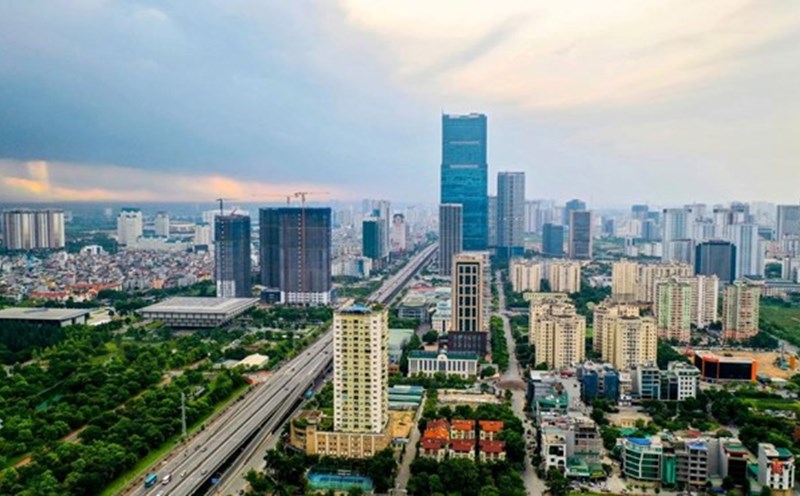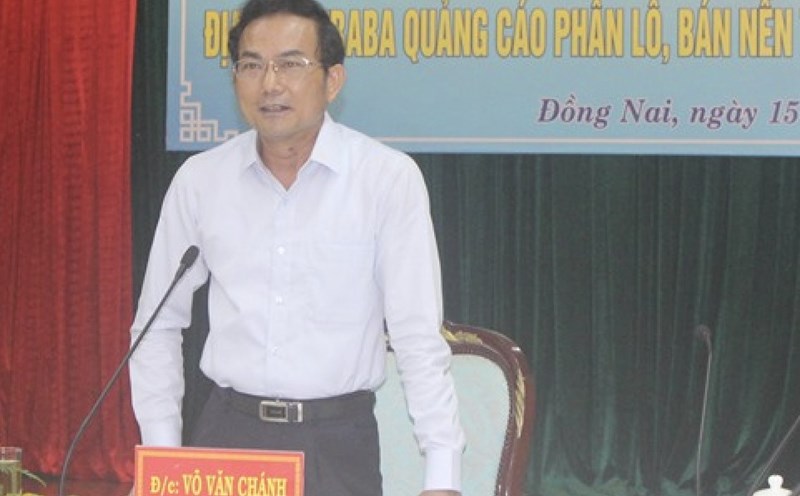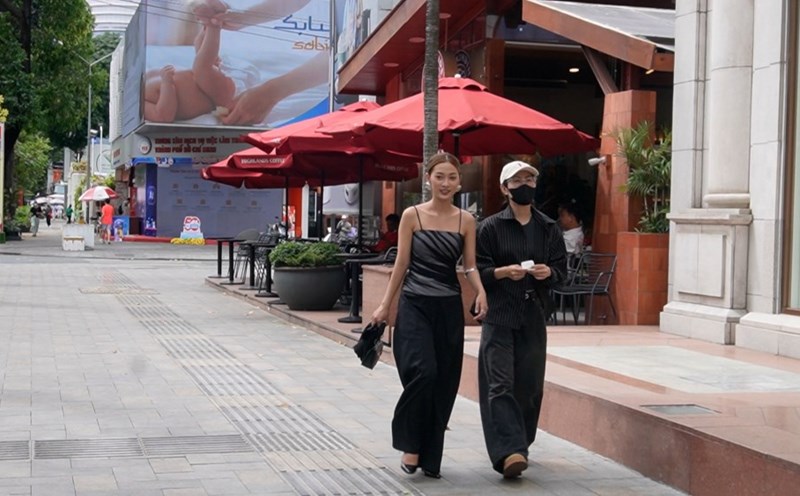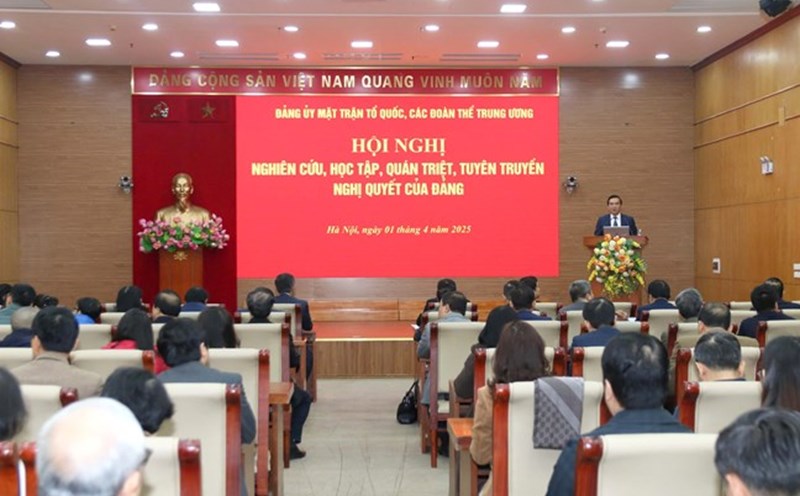Laying the foundation for Southern Vietnam's salary system
In 1917, responding to the revival movement of the "hat boi" stage that was following the beaten path, Mr. Luong Khac Ninh (1862 - 1943) gave a speech on the topic "Cai luong hi nghe" at the Southern Association for Promoting Education (Saigon). The term "cai luong" at that time was understood as "to modify to become better". After that, the cai luong play "Kim Van Kieu" by composer Truong Duy Toan (1885 - 1957) was born and performed at the theater of Mr. Nam Tu in My Tho on March 15, 1918.
According to Dr. Nguyen Thanh Phong - lecturer at the University of Social Sciences and Humanities (Ho Chi Minh National University), who has many years of research on the Tale of Kieu and the Southern region, the cai luong play "Kim Van Kieu" contributed to shaping cai luong in the period of "Progressive singing reform; Luong transmission of plays compared to civilization". After that, many cai luong plays were born with the theme of the Tale of Kieu, such as: "Kieu du thanh minh" by composer Pham Dinh Khuong; "Hoan Tho trot Kieu" by composer Truong Quang Tien... And over the past century, the Tale of Kieu is the literary work that has attracted the most composers to translate into cai luong scripts.
Incomplete statistics show that up to now, there are at least 13 cai luong plays inspired by Truyen Kieu. Not only attracting "old-timers", such as: Truong Duy Toan, Truong Quang Tien, Pham Dinh Khuong, Le Cong Kien... but also spreading to modern times. Around the 60s, along with the strong rise of cai luong theater, the wave of inspiration from Truyen Kieu also spread widely among famous playwrights, such as: Hoang Song Viet and Hoa Ha groups, Vien Chau and The Ha Van; Viet Dung, Quy Sac, Moc Linh. Thereby, cai luong plays were born that left a deep impression on the audience, such as: "Kim Van Kieu" (1971), "Trang vo vuon Thuy" (1973), Vuong Thuy Kieu (1989)...
Through the plays of Kieu, many veteran actors and actresses of the Southern region have also contributed to the fame of the playwrights, such as: Ut Tra On, Phuong Lien, Tan Tai; Bach Tuyet, Thanh Sang, Hong Nga, Bao Quoc, Le Thuy, Vu Linh... More specifically, many famous actresses are also associated with the success of playing the character Thuy Kieu, such as: Nam Phi, Phung Ha, Sau Net, Thanh Loan, Thanh Nga...
Even in 2007, the Tran Huu Trang Cai Luong Theater invested in the magnificent play “Kim Van Kieu” with the participation of 500 actors, musicians... from different generations. Notably, the role of Thuy Kieu alone in 7 scenes was performed by many artists who played the role of Kieu: Le Thuy, Thoai My, Phuong Hang, Thanh Thanh Tam, Tu Suong, My Hang, Thanh Ngan.
Opening the revolution...
Right from its inception, Cai Luong was inspired by the Tale of Kieu to compose the script. Many research works show that this was not a random encounter but a historical necessity. According to Dr. Nguyen Thanh Phong, in the first decade of the 20th century, Western education gradually grew stronger, economic life was becoming capitalist... Meanwhile, literature and art in general, and national art theater were following the old path of Tuong with the motifs of loyalty - filial piety, king - subject... Those premises required the theater to find a new direction to meet the new enjoyment needs of the public.
In that context, with the advantage of clear language, close to the national speech, especially the work's six-eight verse form, a typical national poetic form, rich in sound and rhythm, convenient for the composer to adapt to the melodies of cai luong opera... The Tale of Kieu was considered the top choice. In other words, The Tale of Kieu was the material, the trigger for the Southern Theatre Revolution and as a result, Cai Luong was born.
More interestingly, The Tale of Kieu is also a literary work with the most extraordinary mission in Vietnamese literature. Not only does it bring a new look to the Southern stage, The Tale of Kieu is also the foundation for opening the Revolution in the national life, propagating and arousing patriotism in the people. Scholar Vuong Hong Sen in his work "50 years of singing passion" wrote: "The beginning of Cai Luong was due to patriotism".
Agreeing with this opinion, researcher Ha Van Cau in his work “Style and poetics in the art of cai luong” commented: “Cai luong is a spiritual product of patriotism”. According to Mr. Cau, the South was the land that was colonized by France early and was also the land that raised the flag of resistance against foreign invaders the earliest and most fiercely. However, facing an enemy that was too strong militarily, after the initial uprising, the scholars - the intellectual part of the people - retreated to the countryside to find a new direction for their patriotic journey.
With the spirit of "Carrying many boats without sinking; Stabbing many evil men without being evil", many people have chosen to adapt the literary work imbued with the national spirit, The Tale of Kieu, as the basis for their actions. With the image of a woman "weak and fragile" but daring to sacrifice her personal feelings to save her father and younger brother who were unjustly arrested and beaten..., the scholars sent a call to the people to "awaken" before the scene of arrest, beating, and oppression of the nation by the enemy... Therefore, behind the rhythmic lyrics of the Tale of Kieu, there is also a call for patriotism: "Just thinking about it, I am bewildered by my fate; What's the point of living here, Why not be kind to myself; How can I remain silent, I'm ashamed of my life" ("Kieu du thanh minh" - Pham Dinh Khuong).
On the paths of art
When it came to the South, The Tale of Kieu seemed to transform itself into a fertile source of alluvium to spread and enrich many artistic paths. Not only did it open up and inspire cai luong plays, The Tale of Kieu was also borrowed by many composers as a theme to fully express the range of emotions in other plays. Notably, the play “Tang Dai ma gai” by composer Mong Tran Nguyen Van La, published in Saigon in 1925: “On the Tien River, fortunately, I met nun Giac Duyen; When we met again, I also tried to swallow my power, My dear, I had to accept it like that!”
Dr. Nguyen Thanh Phong also added: "Many melodies in the South take their themes from the Tale of Kieu". Kieu and the characters revolving around her turbulent life, such as Tu Hai, Kim Trong... were put by many composers into melodies in "Tu tai tu", "Luc tai tu", or songs in the Hanh van tune... These compositions also subtly convey the idea of patriotism in the face of the scene of "lost country, broken home". Truong Duy Toan, the author of the first "Kim Van Kieu" song, also wrote the song "Hanh van" about Tu Hai's feelings. From the original "who knows who is above", the composer transformed it into: "Struggling to make the waves rise in the mortal world, heroic talent, several golden swords; Cutting a mountain and river despite the horizontal and vertical, Who is afraid of in the middle of the sky?" Here, there is not only artistic creation, but also the creation of propaganda of the spirit of patriotism, embedding in it the indomitable aspiration...
The Tale of Kieu also inspired the birth of a melody that sublimates the Cai Luong stage - its "favorite child". This is something that perhaps no other literary work has achieved to date. A typical example is the melody "Vong Kim Lang" (longing for Kim Trong). Inspired by the Tale of Kieu, musician Hoang Le (1924 - 1987), former Head of the Folk Song Department - Binh Dinh High School of Culture and Arts in the 1980s, composed "Vong Kim Lang" based on the folk song Bai Choi. From the original: "Lieu Duong is a place of mountains and rivers, Xuan Duong calls for life to return to mourn...", the musician adapted it to: "Lieu Duong is a place of thousands of miles of obstacles; Looking after him from the shadow of a horse hiding behind the mountains and rivers...".
By 1978, two musicians Thanh Hai and Van Gioi added some notes to suit the Cai Luong style, and “Vong Kim Lang” was like “a tiger with wings”. Together with the tunes “Doan Khuc Lam Giang” and “Phi Van Diep Khuc”, it created a tripod of Cai Luong music to the point that many composers considered it a mandatory format when writing a new play. Moreover, “Vong Kim Lang” was also welcomed by society as a child of the community, and then each person personally sent words into that musical frame, their thoughts and feelings... The event happened naturally and quickly became popular to the point that there are currently hundreds of words for the tune “Vong Kim Lang” circulating in many forms.
That is also the way to popularize the song that "Bong em qua cau" by musician Pham Ly became "Ly qua cau", or "Tren que huong Minh Hai" by musician Phan Nhan became "Ly Nam Can" and "Son sat mot long" by musician Dac Nhan became "Ly son sat".... This is like an indicator that Truyen Kieu has permeated the cultural vein of the Southern region and the Southern people consider Truyen Kieu as the property of the land. That is a special fate!
(Posted on the special edition of Labor Weekend Spring At Ty)











